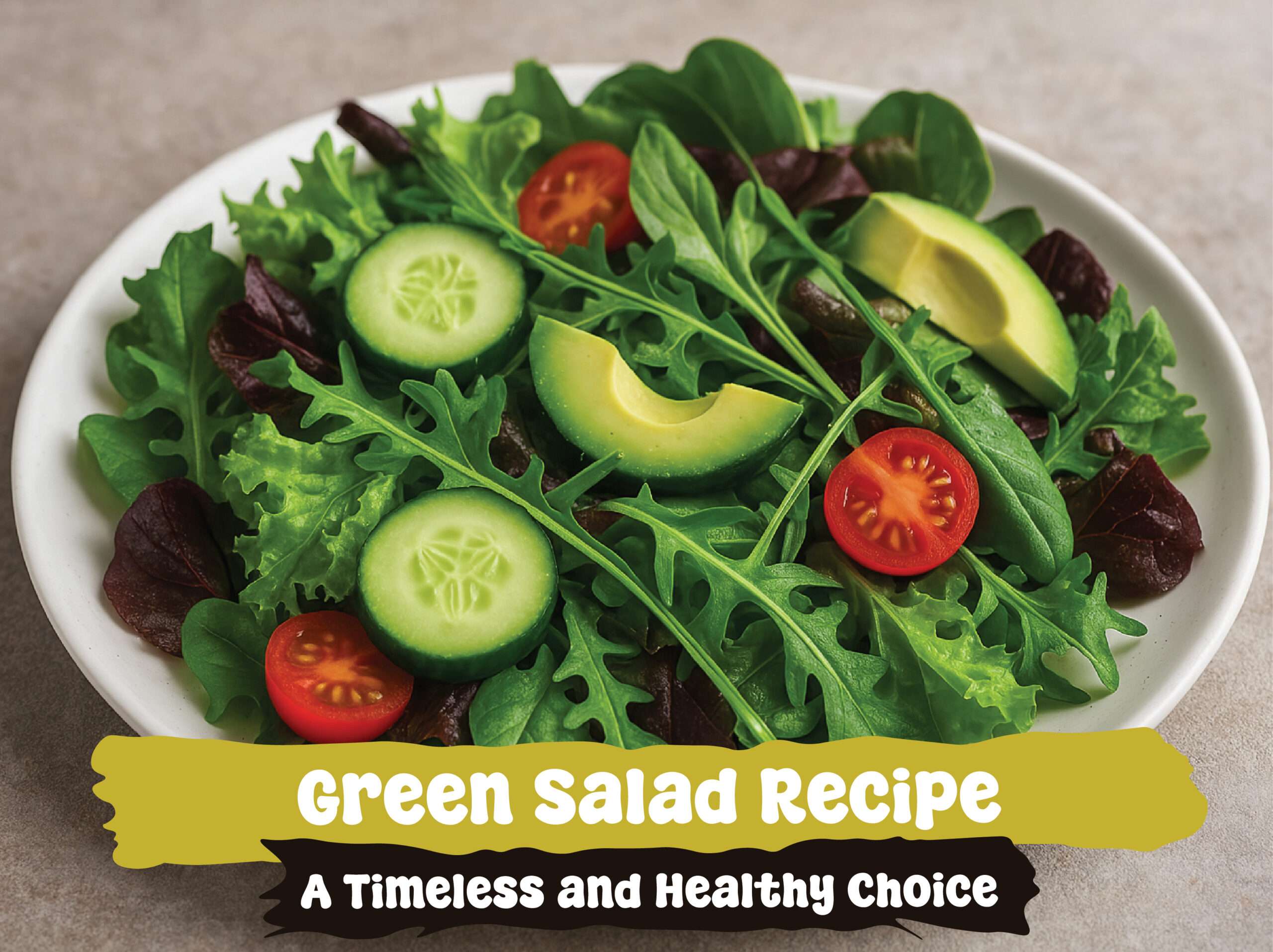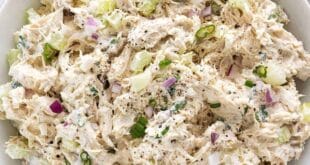
Green Salad Recipe - Quick Idea for a Light Lunch or Dinner
I first started making this green salad recipe when I wanted something fresh but still filling on busy days. It’s one of those quick meals that actually makes you feel good after eating. The fun part is you can mix different greens depending on the season; sometimes, I throw in arugula; other times, it's just simple romaine and spinach.Over time, I learned the trick to keeping the leaves crisp is drying them properly before tossing them with dressing. It’s the kind of salad that’s perfect for lunch, dinner sides, or even a light summer meal.
Ingredients
Method
- Wash and dry the greens really well. I usually spin them in a salad spinner or pat gently with paper towels.
- In a large bowl, combine lettuce, cucumber, onion, tomato, and carrots.
- In a small cup, whisk olive oil, lemon juice, salt, and pepper.
- Pour the dressing over the salad and toss lightly until everything is coated evenly.
- Top with feta or croutons just before serving so they stay crisp.
Video
Notes
- Use chilled greens; it keeps the salad extra crisp.
- Taste the dressing before adding; if it’s too sharp, add a few drops of honey to balance it out.
- Avoid over-tossing, or the leaves will get too soft.
- You can prep the veggies ahead, but always dress them right before serving.
Seasonal Variations
- Try baby kale in the winter; it gives a bold flavor.
- In summer, add fresh berries for a sweet contrast.
- Tossed with roasted pumpkin cubes for an autumn touch.
- Add grilled shrimp or tofu for a protein-rich version.
- Use honey mustard dressing if you want something tangier.
Serving Suggestions
- Serve with grilled chicken for a light dinner.
- Works great as a side for pasta or lasagna.
- Add toasted nuts or seeds to make it heartier.
- Pairs really well with iced tea or sparkling water.
- Chill it for 10 minutes before serving for extra freshness.
Tips & Tricks
- Always dry your greens completely before adding dressing.
- Make the dressing in a jar and shake it instead of whisking. Less mess.
- Use extra virgin olive oil for the best flavor.
- Keep leftovers undressed in the fridge for up to a day.
- For meal prep, store dressing separately in a glass container.
Nutrition
- Calories: 120 kcal
- Fat: 8g
- Carbs: 9g
- Protein: 3g
- Fiber: 2g




